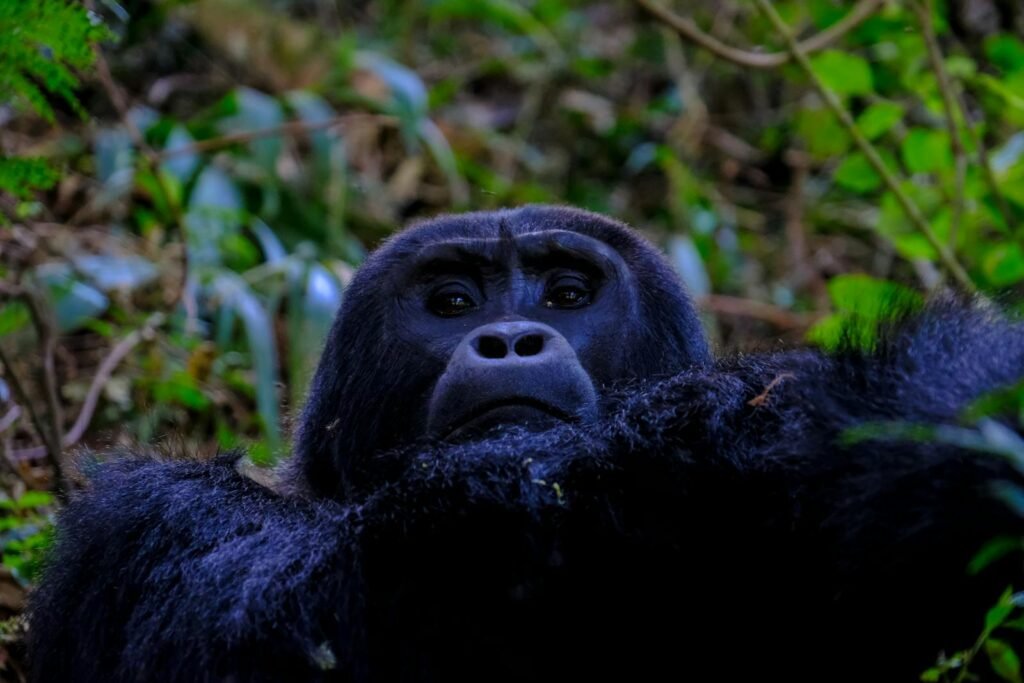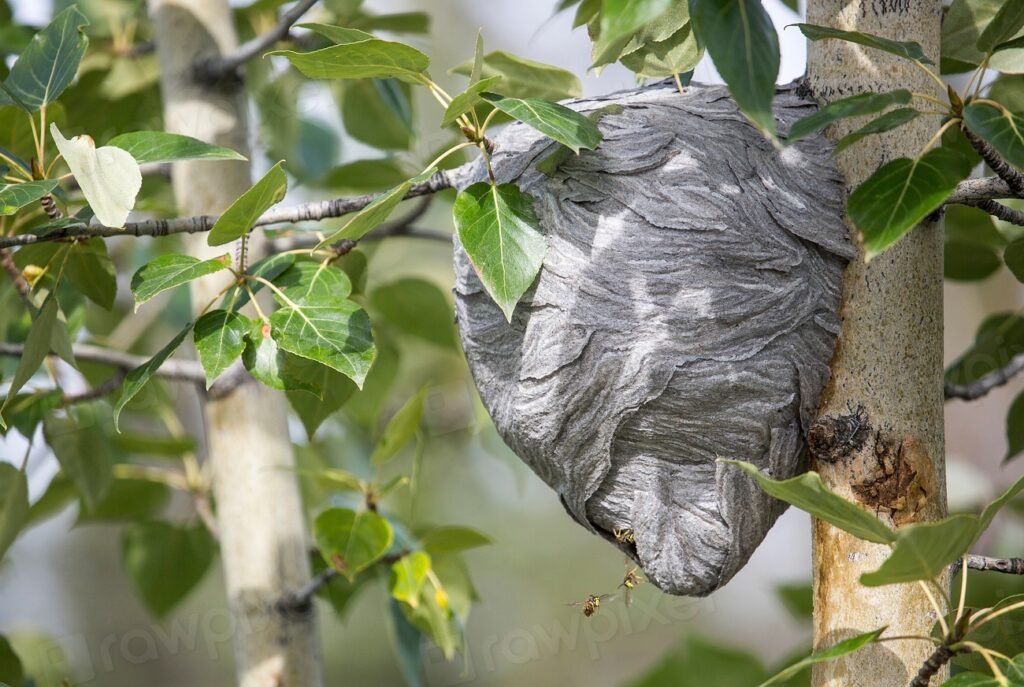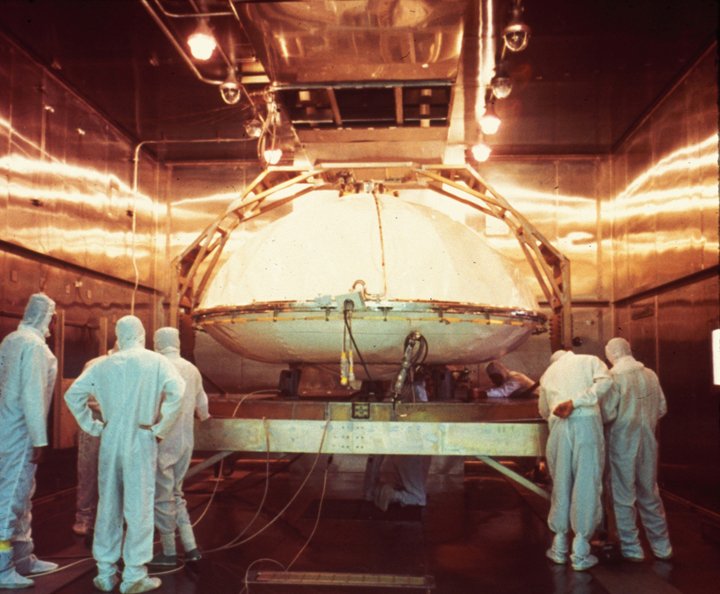
Imagine this: We launch a shiny rocket into the cold black of space, a marvel of human engineering, carrying not only our dreams of discovery but also stowaways too tiny to see. As the spacecraft hurtles toward Mars, invisible hitchhikers—microbes from Earth—cling to its surfaces, tucked into every nook and cranny. When that probe lands on the red planet, these microscopic travelers might be the very first life forms to set foot (well, cell) on Martian soil. It’s an awe-inspiring and unsettling thought. Could we be the unwitting invaders in someone else’s home? The ethics of sending microbes to Mars isn’t just a question for scientists. It’s a dilemma that pokes at our curiosity, our sense of responsibility, and our place in the universe. Are we explorers, or are we contaminators? Are we protecting the possibility of discovering true Martian life, or are we covering Mars with echoes of ourselves? Let’s dive deep into these questions and unravel the tangled web of science, morality, and adventure.
Why Do We Want to Explore Mars?
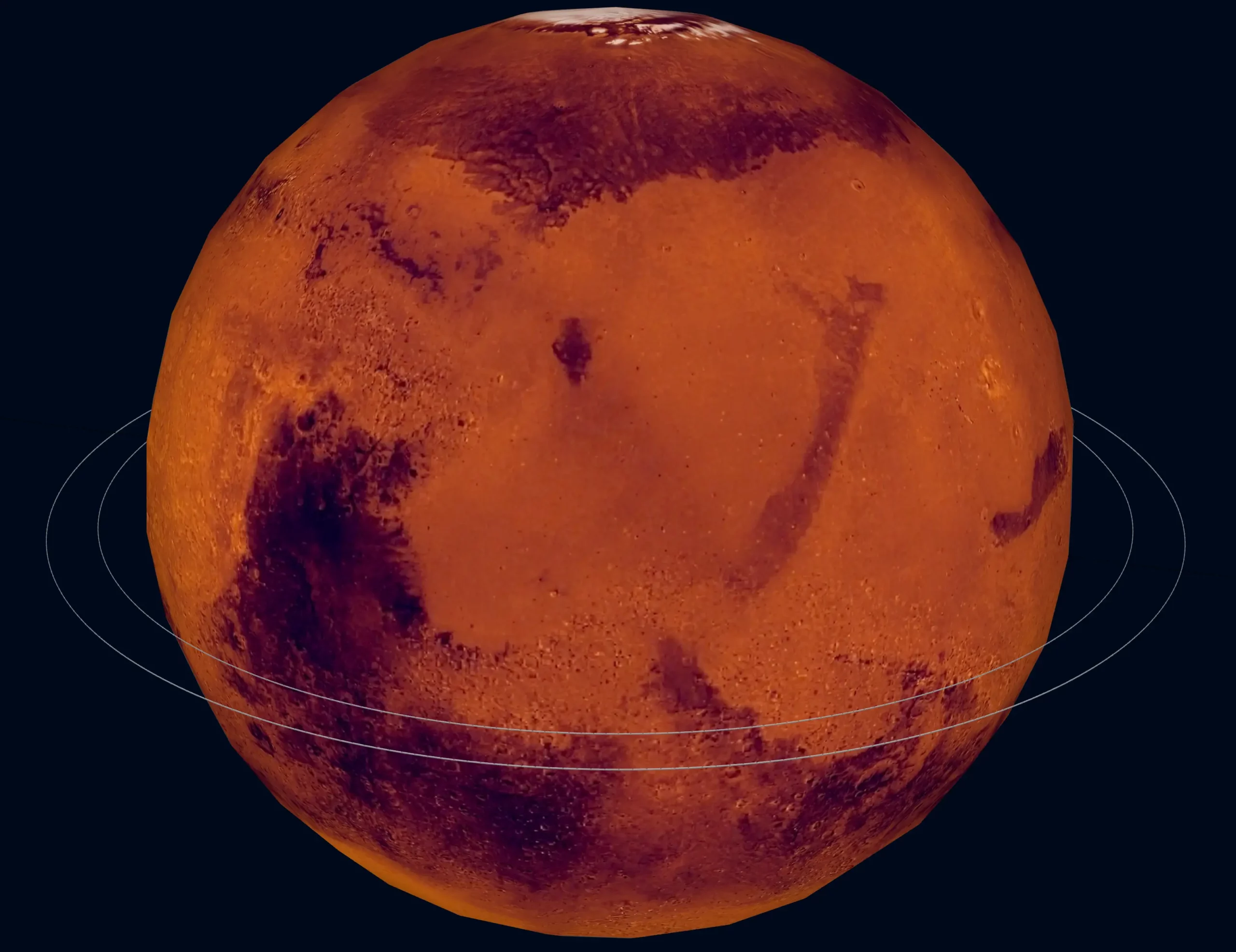
Mars has always been a shimmering dot in our night sky, tempting generations of dreamers and scientists alike. The allure goes beyond its rusty red color; Mars is our next-door neighbor in the solar system, and it holds clues about the history of water, climate, and maybe even life. Exploring Mars isn’t just about collecting rocks. It’s a quest to answer one of humanity’s oldest questions: Are we alone in the universe? Every rover, lander, and satellite we send is a step closer to understanding our own origins and the potential for life elsewhere. The dream of setting foot on another world—and perhaps even living there—fuels imagination and shapes the vision of future space exploration.
Microbes: Earth’s Smallest Hitchhikers
Microbes are everywhere. They live on your skin, inside your body, and in places too harsh for humans to survive—like boiling geysers and freezing glaciers. When we build spacecraft, it’s nearly impossible to scrub away every single microorganism. Some species can survive extreme cold, radiation, and even the vacuum of space for years. This persistence turns them into accidental astronauts. Even the clean rooms where spacecraft are assembled can’t guarantee total sterility. So, whether we like it or not, every mission to Mars might carry microscopic stowaways, ready to settle in a new environment if given the chance.
Planetary Protection: The Cosmic Cleanliness Code
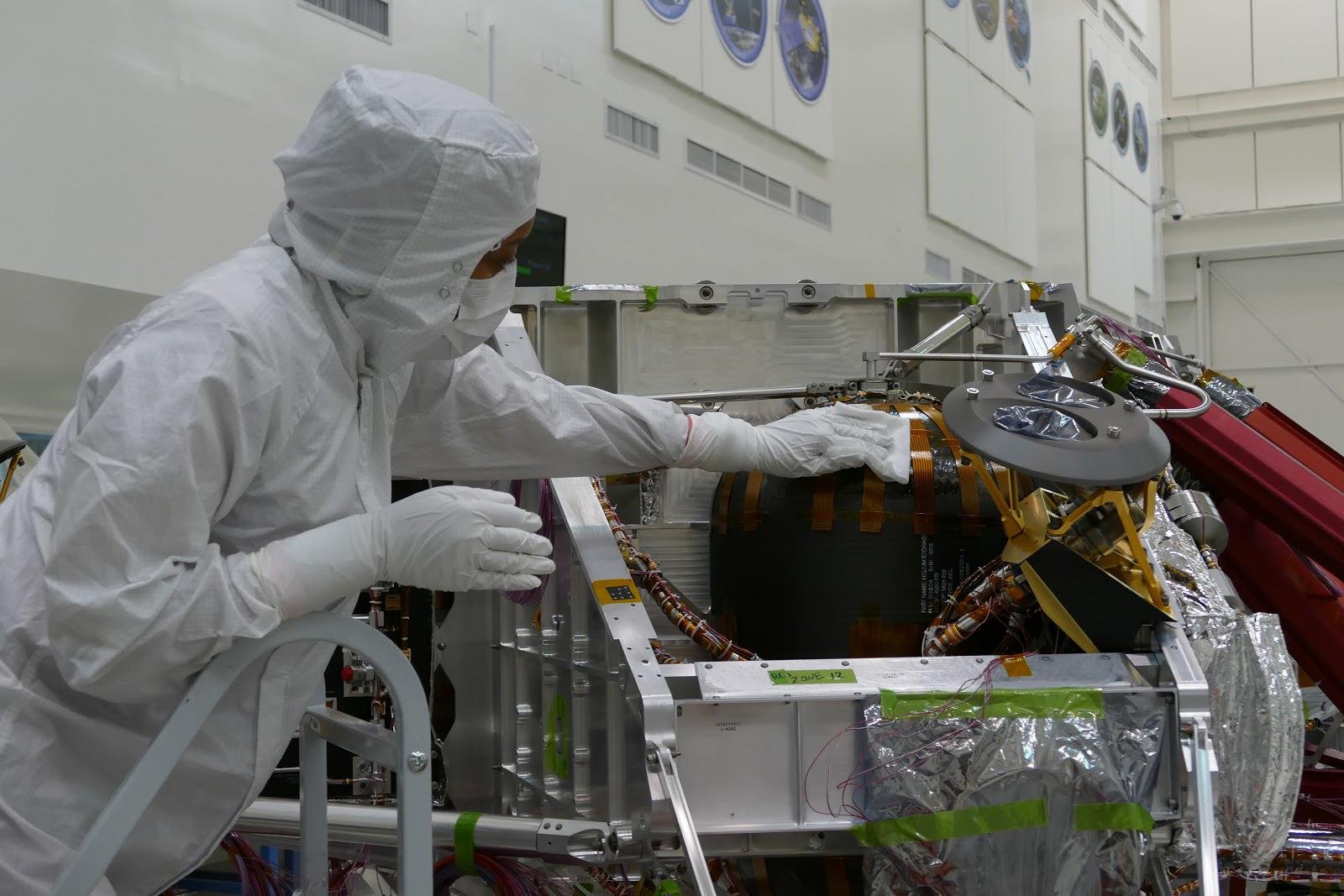
Planetary protection isn’t just a suggestion—it’s a set of international rules meant to prevent Earth life from contaminating other worlds, and vice versa. NASA, ESA, and other space agencies follow strict guidelines. Spacecraft headed for Mars are baked, scrubbed, and hermetically sealed, but not even the most rigorous cleaning can promise absolute sterility. These protocols are designed to preserve the scientific integrity of searching for life on Mars. If we accidentally introduce Earth microbes, how will we ever know if life detected on Mars is truly alien or just a stubborn Earthling refusing to let go?
The Search for Martian Life: A Delicate Experiment
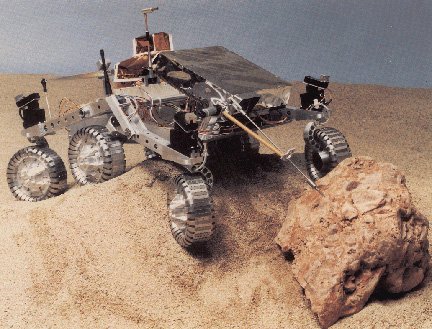
Imagine finding a single microbe under a Martian rock after years of searching. The world would explode with excitement. But what if, after all the celebration, we realize it’s just a distant cousin of a microbe found in a spacecraft assembly room? The risk of false positives—mistaking Earth life for Martian life—haunts every mission. That’s why planetary protection is so strict. We want to be sure, beyond doubt, that any discovery of life on Mars is genuine, not a contamination from our own planet. The stakes are high, and the consequences of a mistake could set back science for decades.
How Microbes Might Survive on Mars
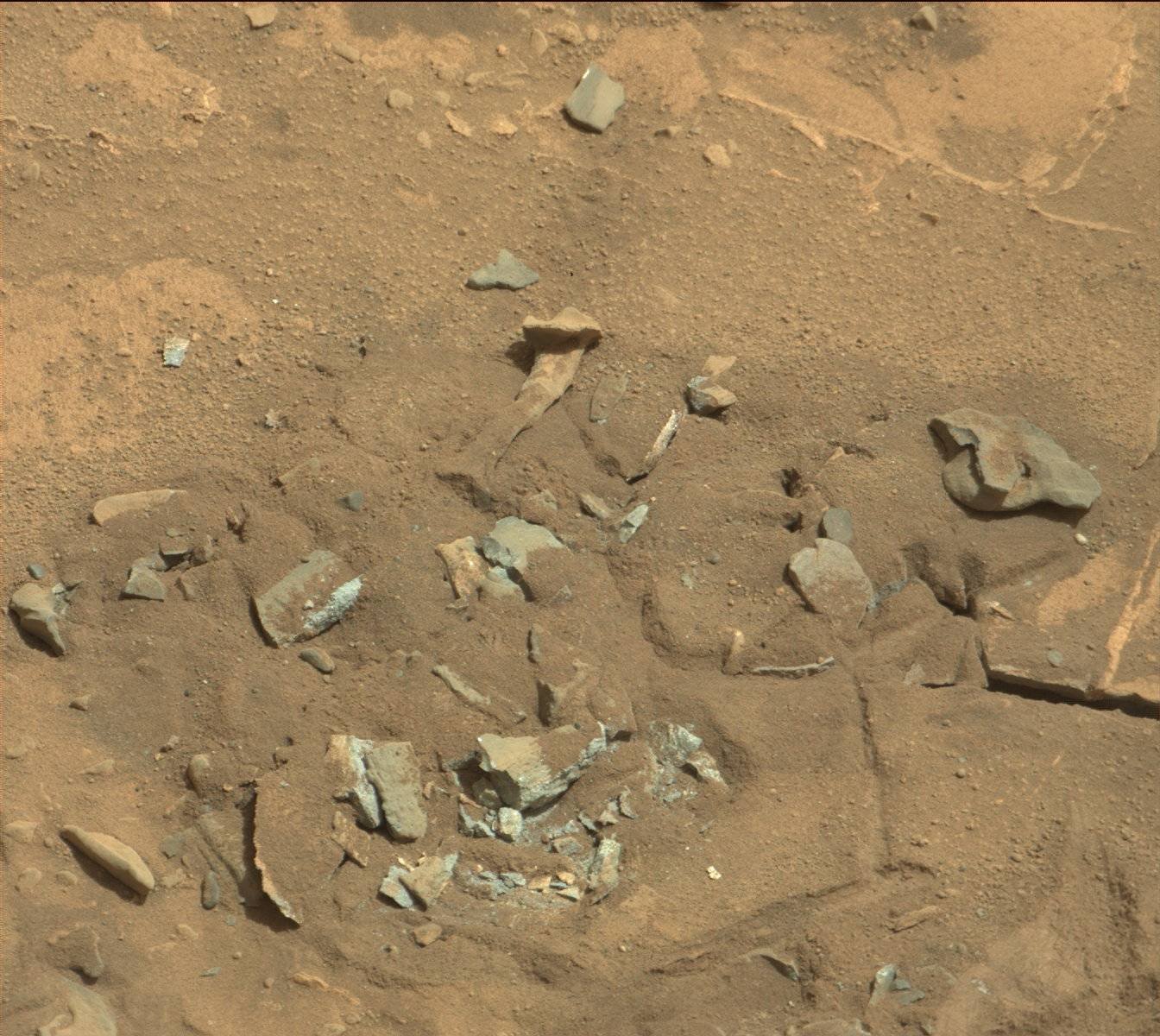
Some microbes are astonishingly tough—think of them as the superheroes of the microscopic world. Extremophiles, like Deinococcus radiodurans, can survive radiation levels that would kill a human in minutes. Others can endure freezing temperatures, high salt concentrations, or bone-dry deserts. Mars’ surface is harsh, cold, and bombarded by ultraviolet radiation. Yet, if Earth microbes found shelter deep in the Martian soil or inside a spacecraft, they might just survive and even thrive. This possibility makes contamination a very real concern, not just a theoretical risk.
Scientific Curiosity vs. Environmental Responsibility
We humans are naturally curious. We want to explore, to push boundaries, to find out what’s out there. But with that curiosity comes a responsibility—a duty to protect the environments we explore. If we contaminate Mars with Earth life, we might never know what was truly Martian and what was imported. This isn’t just a scientific problem; it’s a moral one. Should our desire to explore trump the right of another world to remain untouched? It’s a question that echoes in every laboratory and mission control room.
Lessons from Earth: Contamination in Unspoiled Places
Earth’s own history offers cautionary tales. When explorers traveled to isolated islands or untouched continents, they often brought diseases and invasive species that devastated native ecosystems. Just as rats and smallpox changed the fate of indigenous peoples, microbes from Earth could forever alter the Martian environment. These lessons remind us that even well-intentioned exploration can have unintended, sometimes irreversible, consequences. The stakes may be even higher on Mars, where the entire ecosystem is still a mystery.
Legal and International Perspectives
Space is not owned by anyone, but it’s governed by international treaties and agreements. The Outer Space Treaty of 1967, signed by over 100 countries, lays down the law: exploring celestial bodies must avoid “harmful contamination.” But what does “harmful” really mean when it comes to microbes? Different countries interpret these rules in their own ways, and enforcement is tricky. As more nations and private companies join the space race, keeping everyone on the same ethical page becomes increasingly challenging.
The Private Space Race: New Players, New Risks
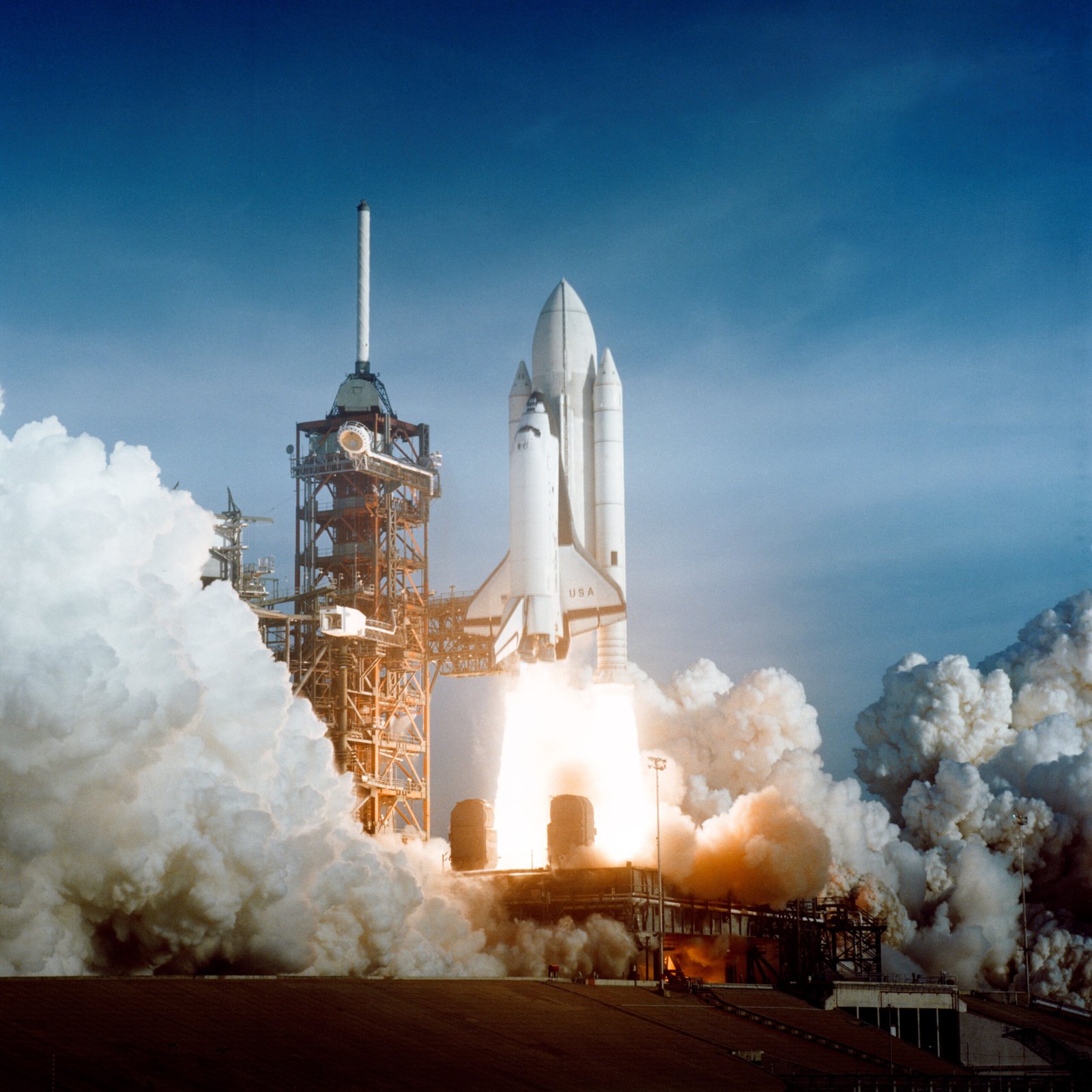
It’s not just NASA and Roscosmos sending robots to Mars anymore. Private companies like SpaceX dream of colonizing the red planet. While this brings innovation and excitement, it also complicates planetary protection. Commercial missions might not follow the same strict rules—or could prioritize cost and speed over caution. With more players in the game, the risk of accidental contamination grows. This new era of space exploration means we need stronger, clearer agreements about how to protect alien worlds from our tiny stowaways.
Could Martian Life Withstand Earth’s Microbes?
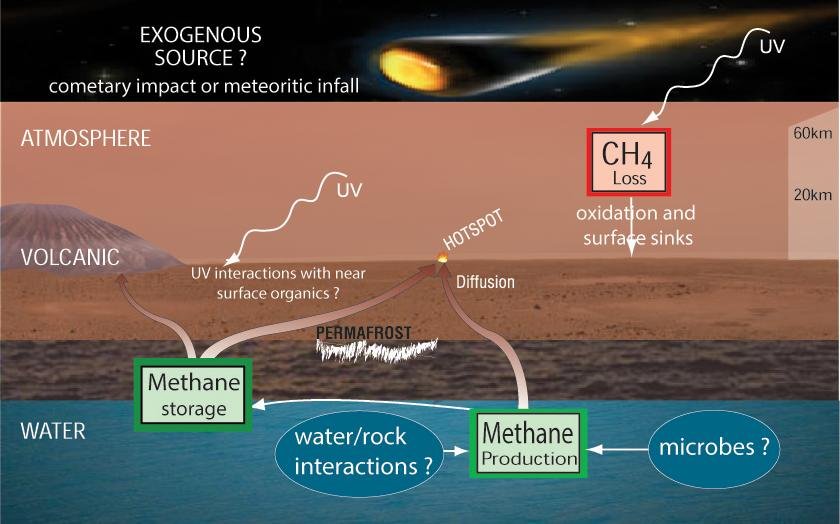
Suppose Mars already harbors its own forms of life, perhaps deep underground or in salty brines. If Earth microbes arrive, could they outcompete Martian organisms, or might they die off quickly in the alien environment? Scientists don’t know for sure. On Earth, invasive species often disrupt ecosystems, sometimes wiping out native life. The same could happen on Mars. A single tough microbe from Earth might change the planet’s biology forever, making it impossible to distinguish Martian natives from terrestrial invaders.
Terraforming Dreams: Is Seeding Mars Ethical?

Some visionaries talk about “terraforming” Mars, transforming it into a planet more like Earth by introducing microbes that produce oxygen or break down toxic chemicals. It sounds like science fiction, but it’s a real topic in astrobiology and ethics. Would deliberately changing an entire planet be an act of creation or destruction? Some argue it’s our destiny to spread life, while others say we have no right to play planetary gardener in a world that isn’t ours. It’s a debate with no easy answers, but one we can’t ignore as technology advances.
The Importance of Clean Sample Return Missions
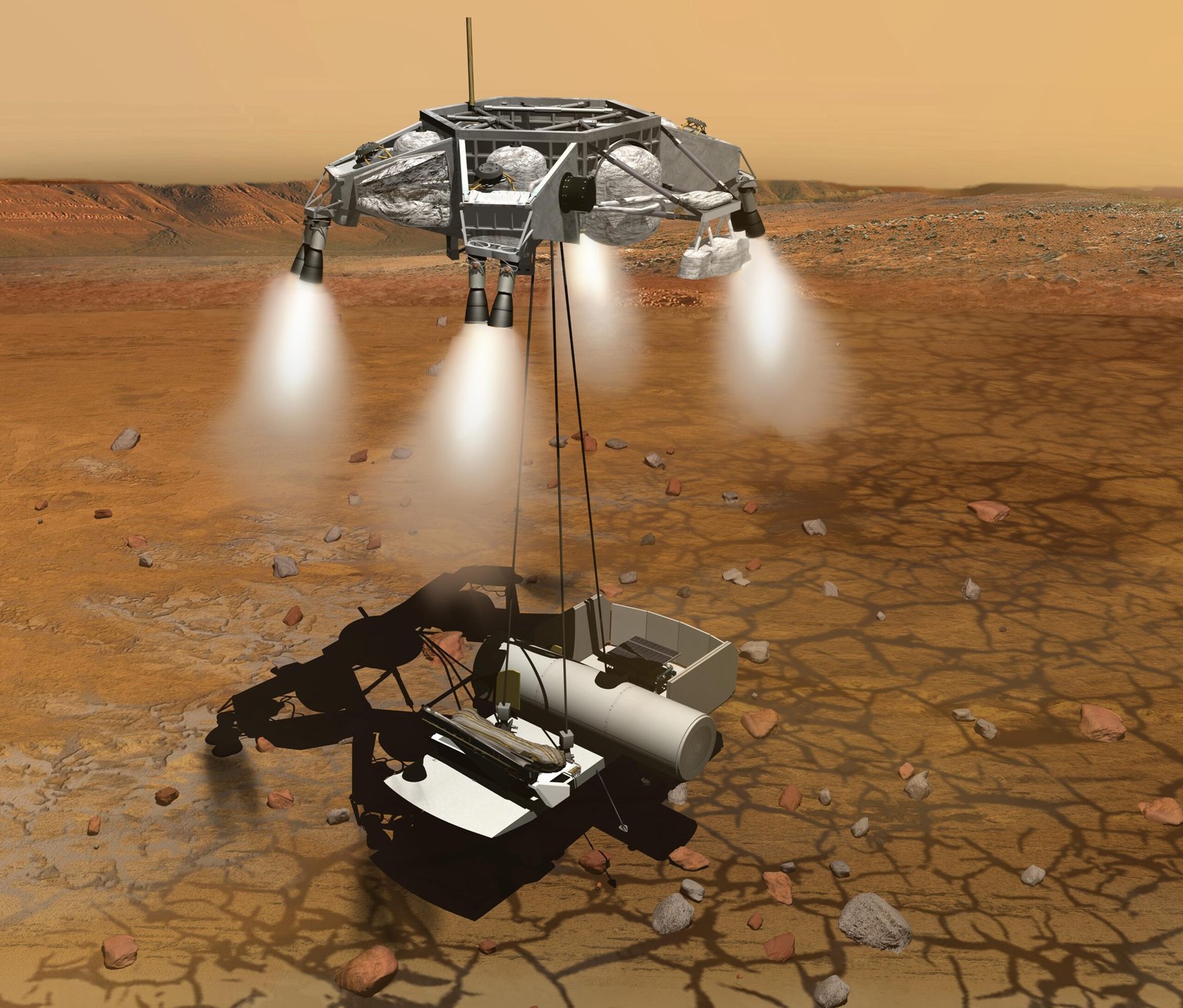
Bringing back Martian soil and rock samples is the holy grail for planetary scientists. But it’s a logistical and ethical challenge. Not only do we risk contaminating Mars with outbound microbes, but we also have to ensure we don’t bring back anything harmful to Earth. Strict quarantine procedures and advanced technology are needed to keep samples pure and researchers safe. Every step must be carefully planned to prevent a two-way contamination disaster.
Ethics in Science: Who Decides What’s Right?
Ethics isn’t just about following rules—it’s about making tough choices when the answers aren’t clear. Who gets to decide whether sending microbes to Mars is acceptable? Scientists, politicians, business leaders, or the public? Ideally, it should be a conversation that includes all voices, reflecting the hopes, fears, and values of humanity as a whole. Open debate, transparency, and public engagement are critical to making choices that future generations won’t regret.
Public Perception and the Power of Imagination
How we think about space exploration shapes the choices we make. Movies, books, and news stories inspire both wonder and worry about contaminating other worlds. Some people imagine Mars as a pristine wilderness to be protected at all costs, while others see it as a blank canvas for human ingenuity. These different perspectives influence policy, funding, and the direction of research. The public’s voice—sometimes hopeful, sometimes skeptical—matters more than we might think.
The Role of Technology in Preventing Contamination
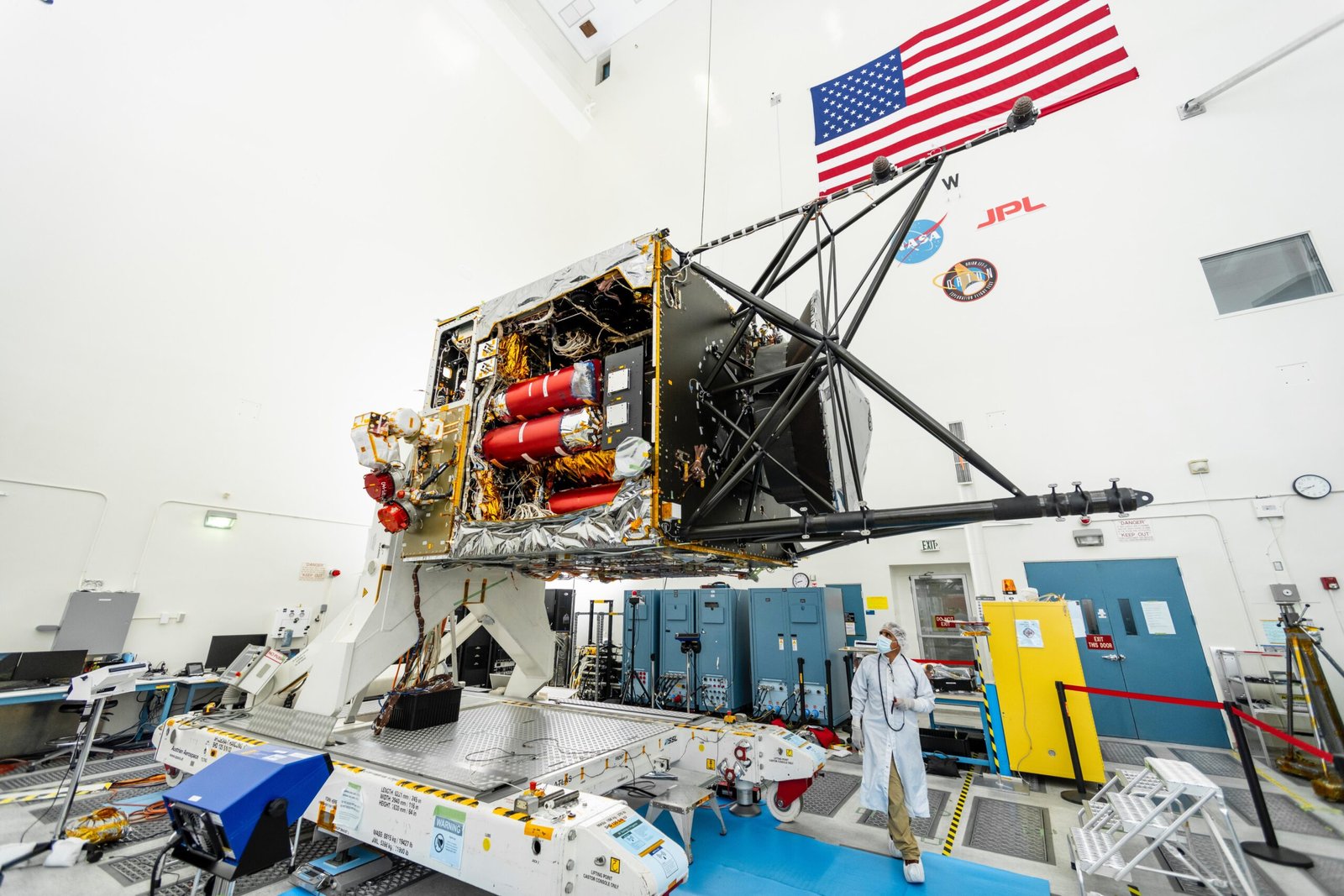
New technologies are helping scientists develop better ways to clean spacecraft and detect contamination. Innovations in sterilization, biosensors, and genetic detection make it possible to spot even the tiniest trace of life. DNA sequencing can identify whether a microbe is from Earth or somewhere else. These advances offer hope that we can explore without leaving a messy biological footprint behind. But no technology is perfect, so vigilance and continuous improvement remain vital.
Unintended Consequences: What If We Already Contaminated Mars?
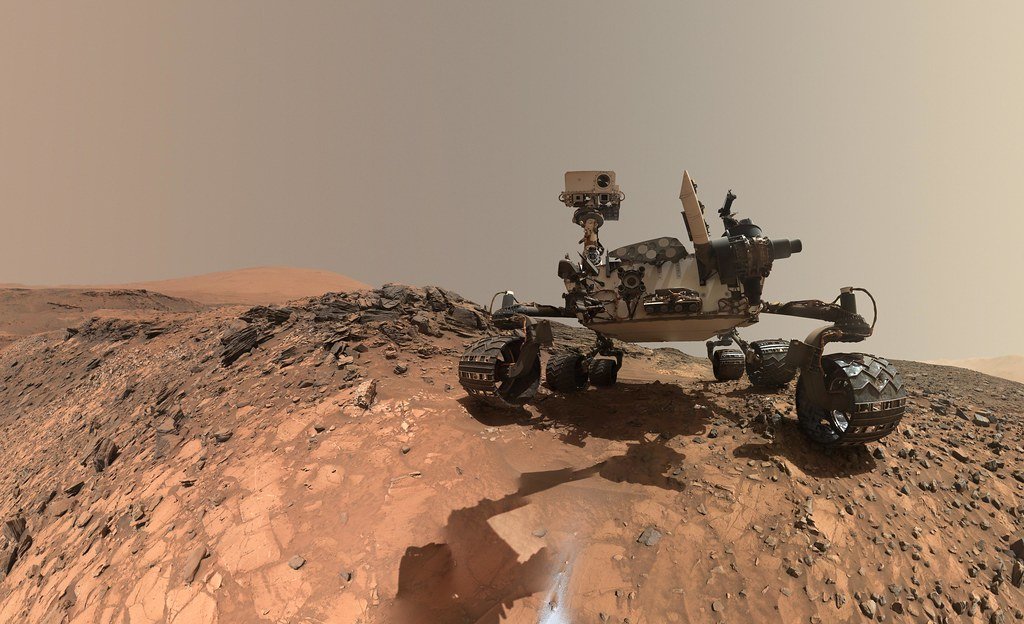
It’s possible that past missions have already delivered Earth microbes to Mars, despite our best efforts. If so, the effects could be unfolding right now, unseen and irreversible. Some scientists worry that future missions may uncover life on Mars, only to realize it’s something we brought ourselves. This scenario would be a scientific tragedy, robbing us of the chance to learn about Mars’ true history. It’s a stark reminder of why careful planning and humility are so important in exploration.
Learning from the Search for Life in Extreme Environments
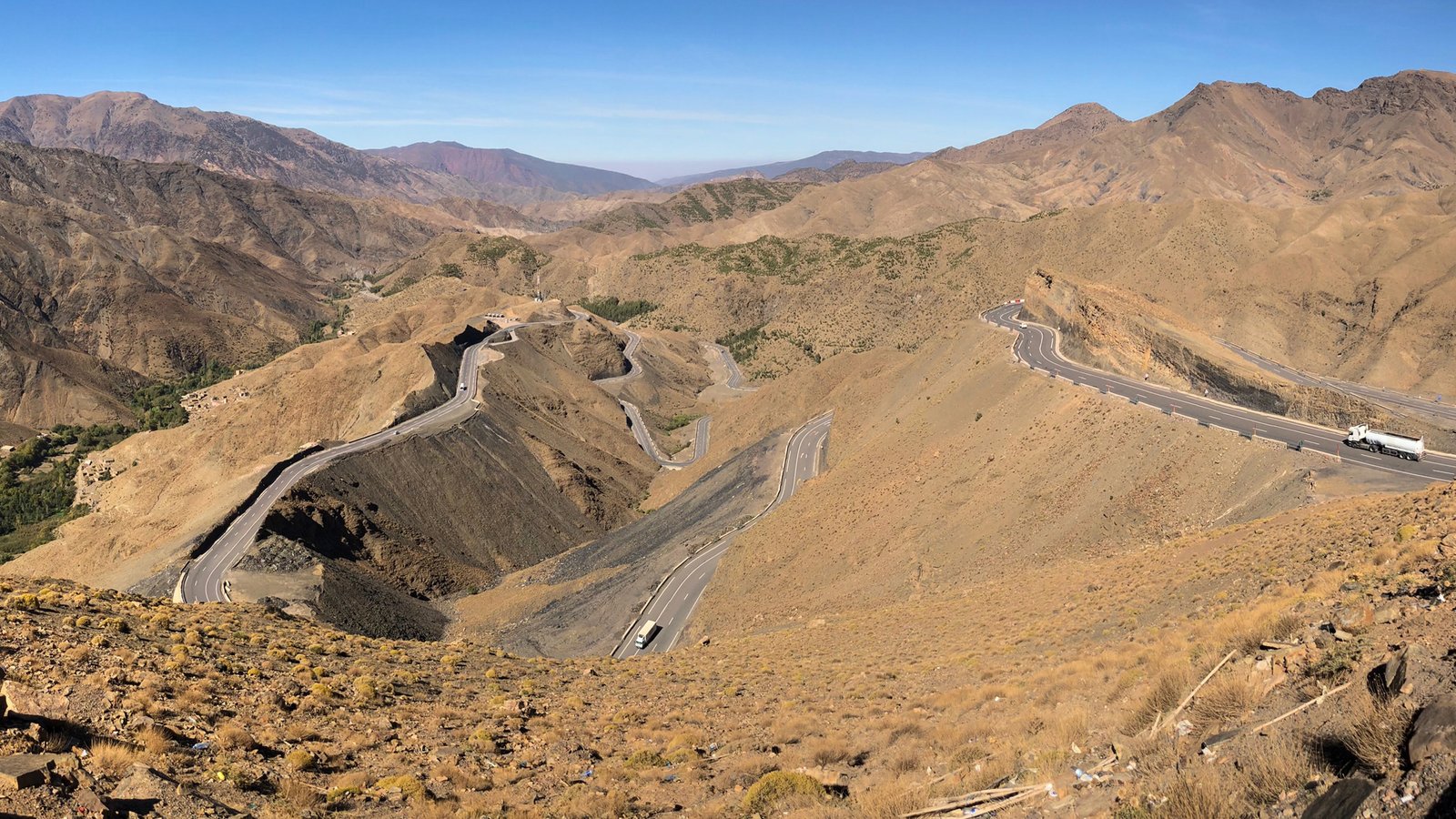
Researchers study places on Earth that mimic Martian conditions—like Antarctica’s dry valleys or deep-sea hydrothermal vents—to understand how life might survive elsewhere. These “analogue” sites teach us how resilient life can be, and also how easily it can spread. Fieldwork often reveals that contamination is hard to avoid, even with the best intentions. These lessons reinforce the need for caution as we reach for other worlds.
Future Missions: Balancing Ambition with Caution
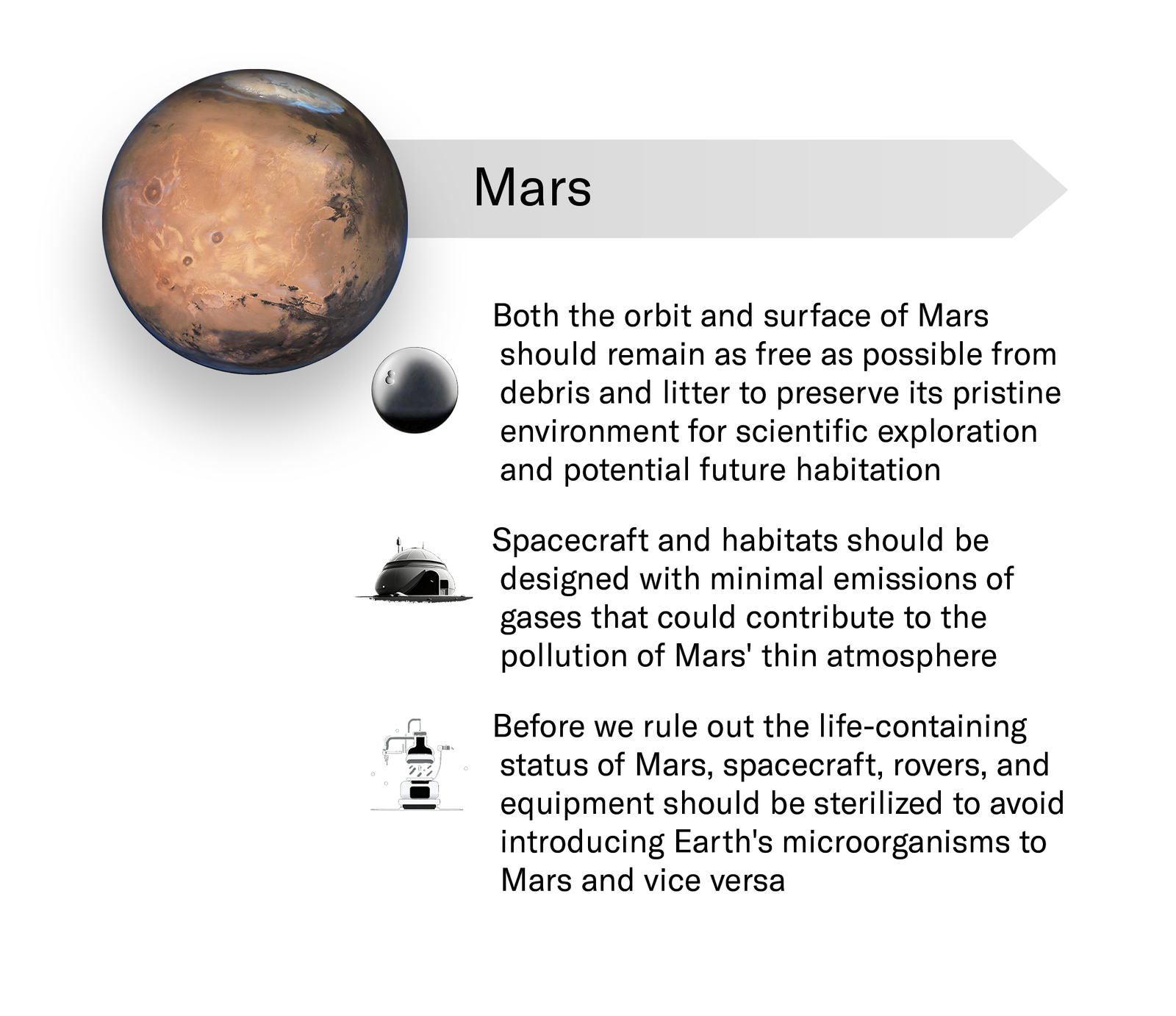
The next decade will see even more missions to Mars, including plans for human explorers. Each mission will have to balance the desire for discovery with the ethical imperative to protect Mars. New protocols, better technology, and international cooperation will be essential. The excitement of exploration must be tempered with a respect for the unknown, recognizing that some footprints can never be erased.
Personal Reflection: Our Place in the Cosmos
Standing under a starry sky, it’s easy to feel both incredibly small and wildly important. The choices we make about exploring Mars reflect who we are as a species—curious, creative, and sometimes careless. Sending microbes to Mars isn’t just a technical challenge; it’s a test of our wisdom and restraint. As we reach out to touch another world, we must ask ourselves: Are we ready to be responsible stewards, or are we still children, scattering seeds without understanding the garden?
A Call to Wonder and Responsibility
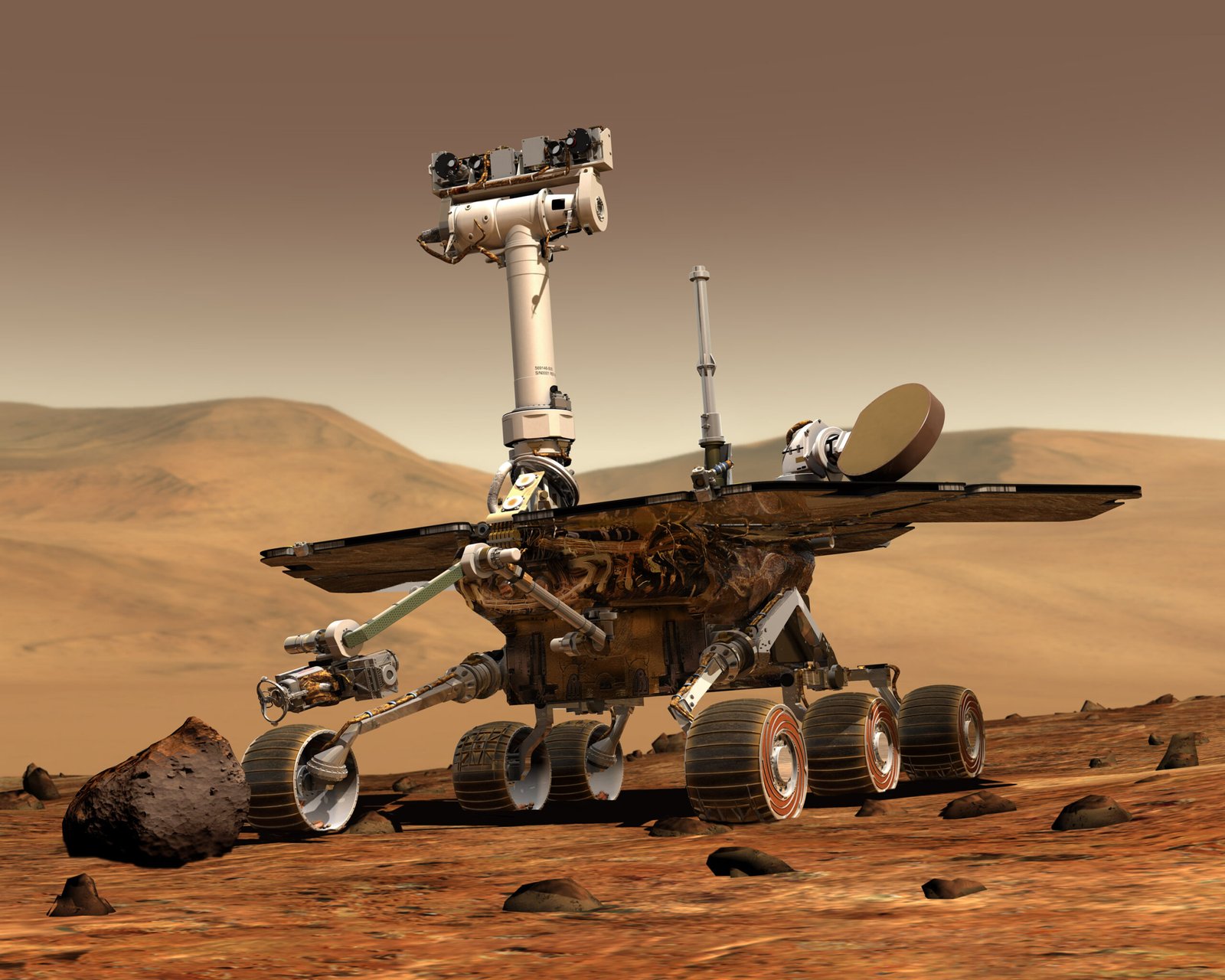
Mars beckons us with its mysteries and possibilities, calling us to explore but also to pause and reflect. The ethics of sending microbes to Mars isn’t just about science; it’s about respect—for life, for the unknown, and for worlds not our own. The decisions we make now will shape the stories future generations tell about our place in the cosmos. What kind of explorers will we choose to be?

